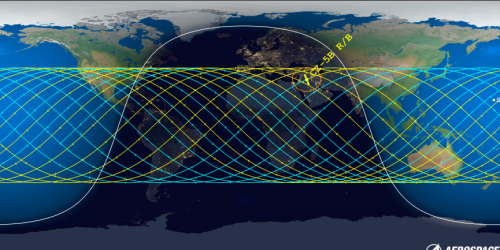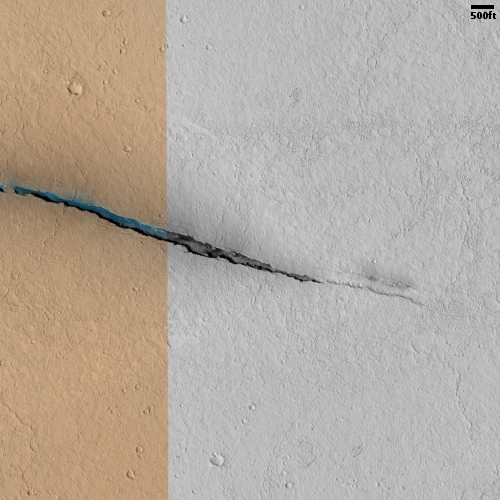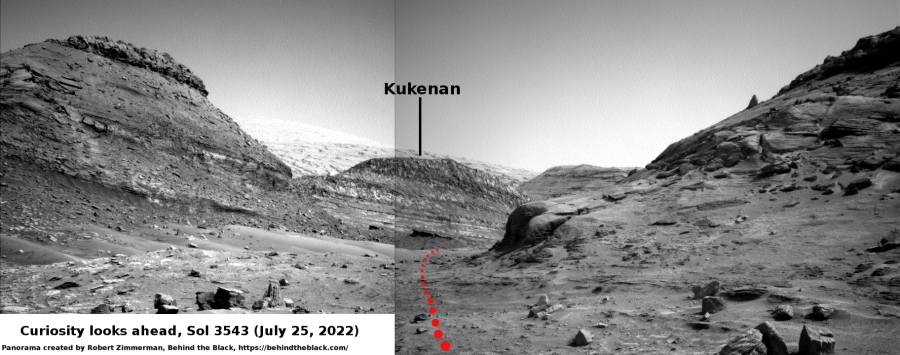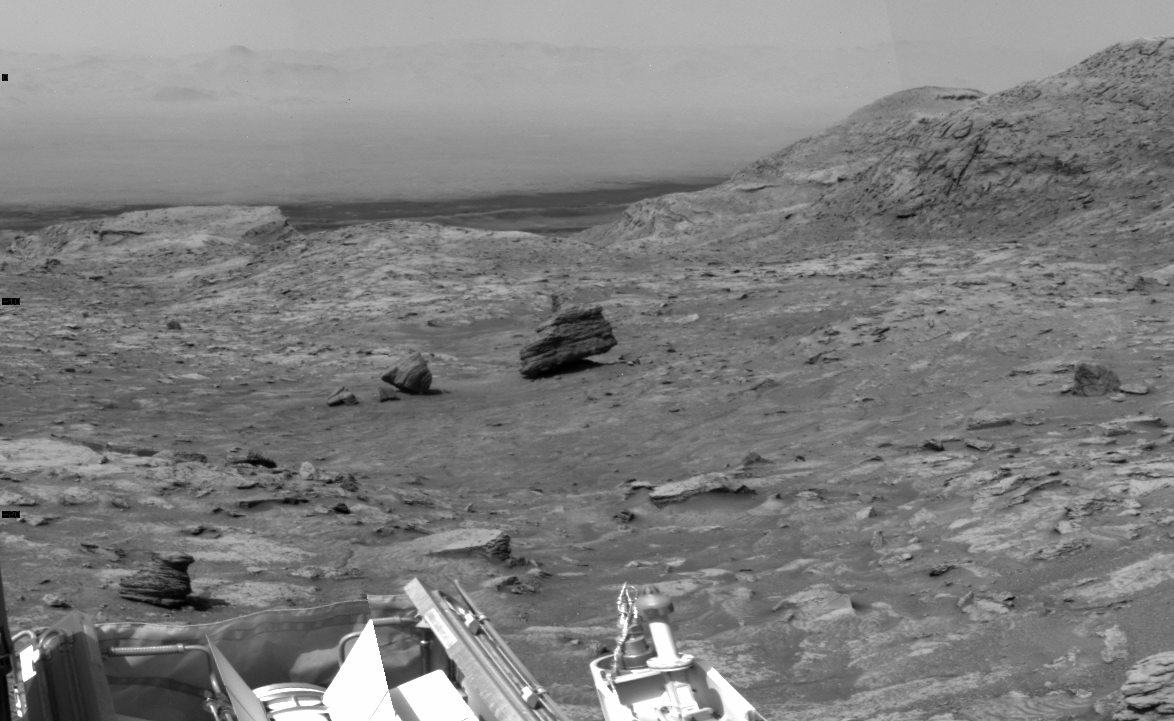Yuri Borisov, the new head of Roscosmos, today confirmed that Russia will leave its partnership at ISS in 2024.
The decision to leave the station after 2024 has been made,” Yuri Borisov, appointed this month to lead the Russian space agency, Roscosmos, said during a meeting with President Vladimir Putin. He added: “I think that by that time we will start forming a Russian orbiting station.”
This announcement leaves several questions.
1. What will happen to the Russian modules on ISS? They cannot function on their own, so undocking them means they either must be de-orbited or attached to another station. Since it is more likely a snowman could exist on the Moon than the Russians launching a new station by 2024, the future of those modules must be negotiated.
2. What will the Russians do once out of this partnership? As I said, they will not be able to launch a new station by ’24. In fact, it is more likely they won’t be able to launch one at all, considering the pervasive corruption that permeates all levels of their technological society. It took them almost a quarter century to complete and launch the newest module to ISS, Nauka, with many many technical problems along the way.
3. Will Russia and China forge a closer alliance in space? I expect Russia will try to negotiate a partnership with China on its space station, but I doubt China will agree to any agreement that makes Russia an equal. It isn’t, and China has no interest in making believe Russia is.
4. Will this force an acceleration in the launch of the American private space stations now under construction? Hard to say. If we had a competent executive branch run by a clear-minded president, some action could be taken to help make this happen. The present Biden administration is neither competent nor clear-minded, so I do not expect much from it. Managers at NASA however might be able to push for increased funding to speed development, but even if successful that carries risk. It will make the private stations more beholden to the government, thus lessening their independence.
All in all, a most interesting situation.



















